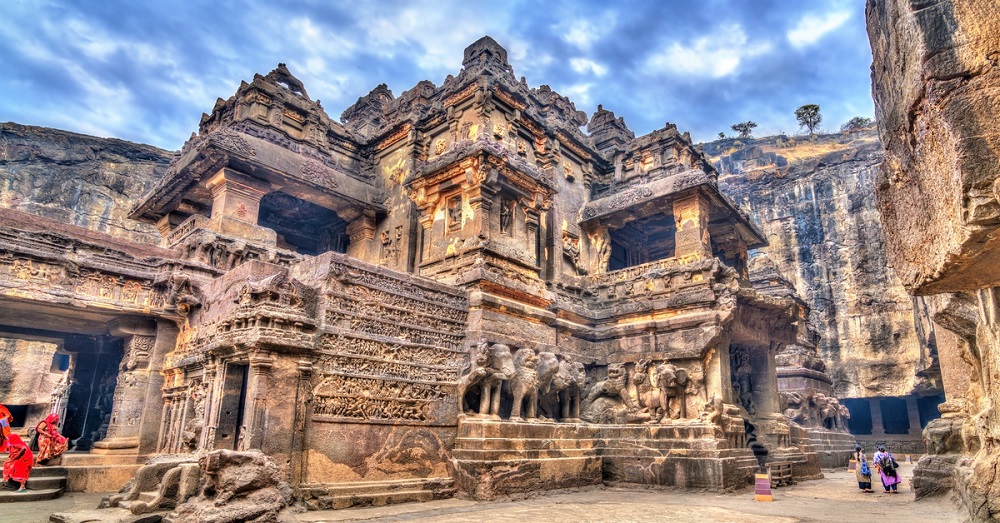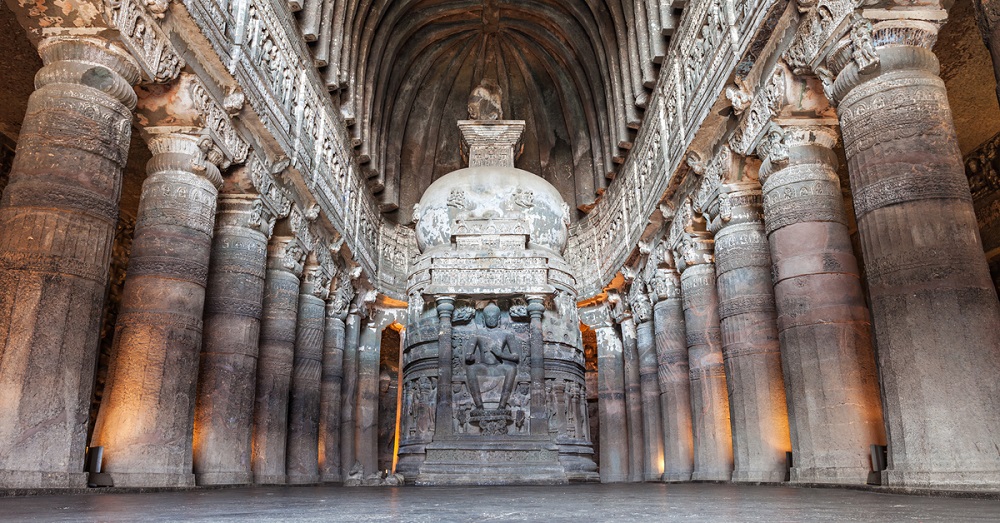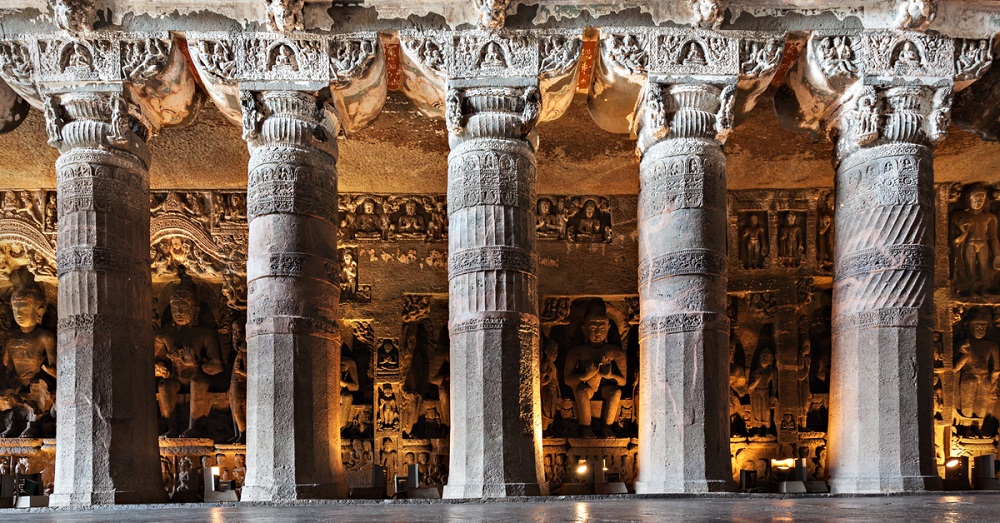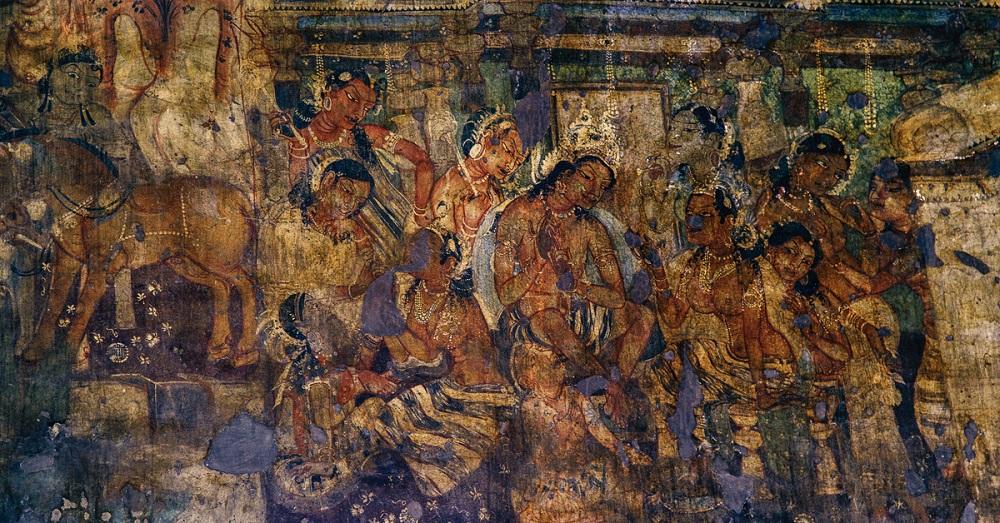12 Famous Temples in Ujjain You Shouldn’t Miss on Your Spiritual Journey
Ujjain, one of the seven holiest cities of India (Sapta Puri) is a destination where spirituality, ancient wisdom, and mythology come alive. Situated on the...

Ajanta & Ellora Caves have always been recognized as the gems that represent Indian history. Carved out of rock in the mountains of Western India, these caves are a cultural masterpiece from ancient India. This UNESCO World Heritage Site is a collection of paintings, sculptures, and temples of Buddhist art, hence making them iconic Buddhist caves in India. These rock-cut cave temples aren’t just rich in history, but also boast of remarkable architectural and artistic qualities. I recently had the chance to visit this beautiful site, thanks to GeTS Holidays.
Given the similarity in the elegant craftsmanship and the harmonious setting all around, one can easily assume that both these caves were etched during the same time period. Alas, no! They were constructed during different time periods, incorporating even varied religious elements.

A complex of 30 caves, Ajanta caves are basically divided into two major groups. The first group of caves was sculpted around the 2nd century BCE, while the second group was constructed around 600 BCE. Ajanta caves are imbibed with Buddhist religiosity. The most striking feature of these caves is its wall paintings. These paintings are done very carefully and are considered to be absolute masterpieces of Buddhist religious art. The painter has first formed a plain ground of mud-plaster and then with the use of the tempera technique has dexterously painted on it. These drawings follow the themes of Buddha and Bodhisattva. Inside these caves, there are chaitya-grihas and monasteries with pillars, frescoes, murals, and aisles that are richly engraved. These engravings and paintings are quite devotional and inspiring; while some draw incidents from the life of Buddha, others depict Jataka tales.

Ellora caves were excavated out of Charanandri hills and were constructed between the 5th and 8th centuries. Ellora temples are a total of 34 caves, which are categorized as per their religious themes – 12 Buddhist (caves 1-12), 17 Hindu (caves 13-29), and 5 Jain (caves 30-34). Each group has its own characteristic feature, which makes it unique among all. In Buddhist caves, the craftsmen have shown an adroit work of hands by giving a stone look of wood. Similarly, Hindu caves comprise expansive galleries with engraved columns, carved panels, and sprawling alcoves containing sculptures of various deities. Most ascetic of these groups of caves is that of Jain caves, which expresses austere devotion. The intricate carvings, beautifully etched shrines, and ornate ceilings are emblematic of Jain philosophy and traditions.

To sum it up, the engravings on the Ajanta & Ellora caves make you aware of the myriad truths of life. They provide a sublime thought process for humanity to develop. This, in addition to the mesmerizing architecture, make Ajanta caves one of the most popular places to visit in India.
Ujjain, one of the seven holiest cities of India (Sapta Puri) is a destination where spirituality, ancient wisdom, and mythology come alive. Situated on the...
South India is home to some of the most breathtaking temples in the world, living testaments to devotion, architecture, and timeless artistry. Each south Indian...
The 12 Jyotirlingas in India are among the most sacred Shiva temples in the country, representing the infinite cosmic power of Lord Shiva. The word...
You are one step closer to having the best journey of your lifetime! Talk to us, write to us all that you have envisioned for your India trip, and one of our travel experts will connect with you on priority. To help you explicitly we have WhatsApp and Email addresses!